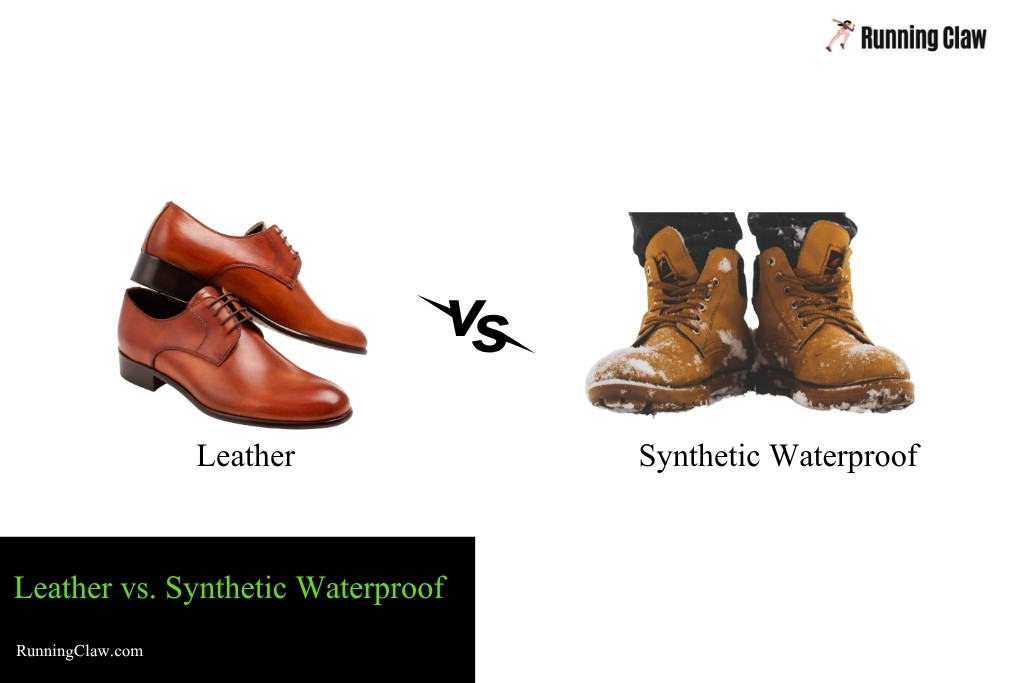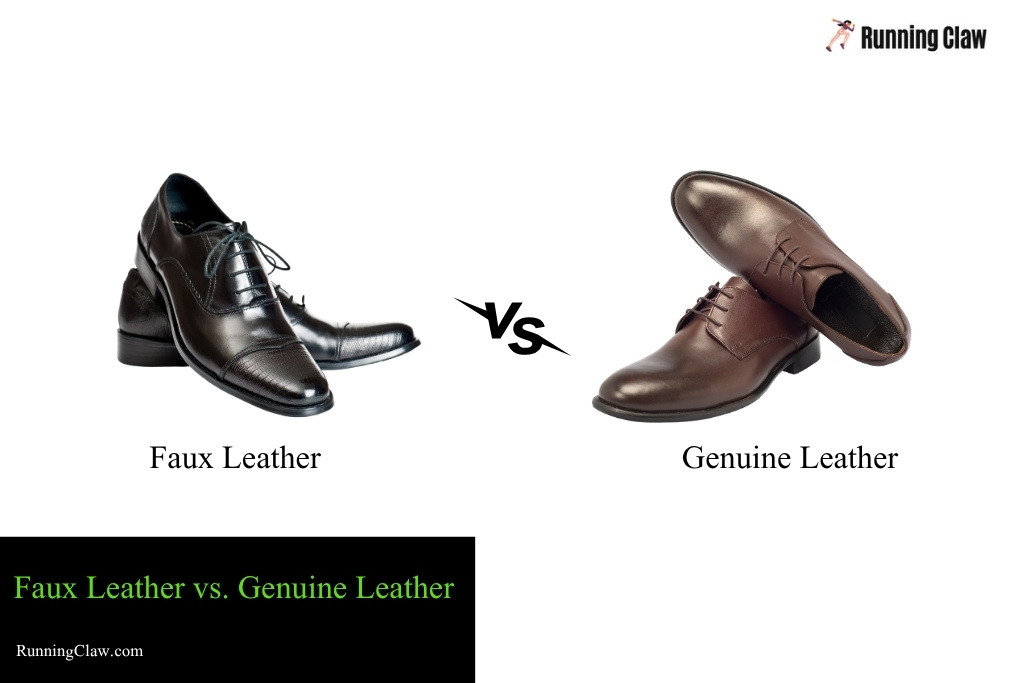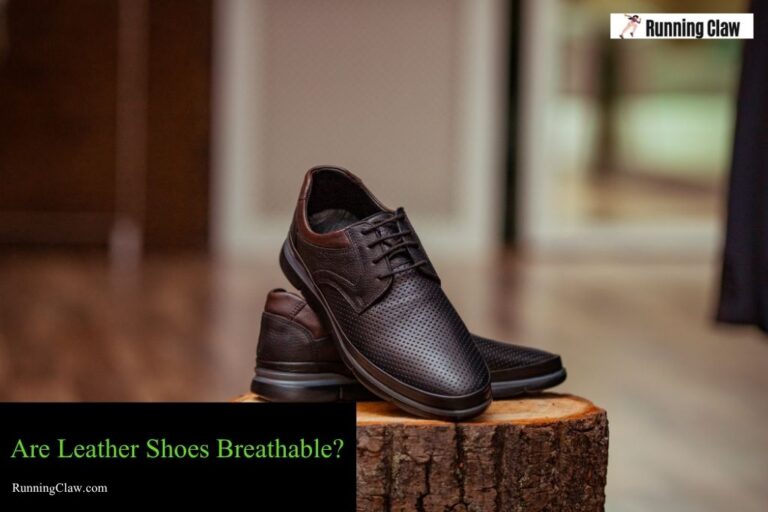Why Breathability Matters
Breathability refers to a material’s ability to allow moisture and heat to escape. Feet naturally generate heat and humidity, particularly during physical activities such as walking or hiking. Proper breathability helps maintain comfort, prevent excessive sweating, and reduce the risk of blisters and foot-related skin issues.
Leather’s Natural Properties
Leather, being a natural material, inherently possesses certain breathable qualities. Unlike synthetic materials, genuine leather contains microscopic pores allowing moisture vapor to escape while repelling external water to some extent. This natural exchange helps in maintaining a balanced internal environment around the feet.
Leather vs. Synthetic Waterproof Membranes

When comparing leather to synthetic materials, particularly waterproof membranes like Gore-Tex, differences become apparent. Synthetic membranes typically rely on microscopic pores to transfer moisture from inside to outside, driven by temperature and humidity gradients. While effective under ideal conditions, these membranes can become clogged with dirt, significantly reducing their breathability.
In contrast, properly maintained leather boots treated with appropriate conditioners or waxes remain more consistently breathable over extended use. Leather treatments enhance water repellency without completely sealing off natural pores, thereby effectively balancing breathability and protection.
Enhancing Breathability with Proper Sock Selection
A key factor that significantly enhances the breathability of leather footwear is the choice of socks. Wearing moisture-wicking sock liners, such as those made from silk or synthetic fabrics, in combination with thicker outer socks like wool or synthetic blends, creates an effective moisture-management system.
The thin liner transports sweat away from your skin, while the thicker outer sock captures and moves this moisture out, aided by the natural ventilation properties of leather shoes.
Physical Movement and Ventilation
Another often-overlooked factor aiding breathability is foot movement itself. As feet move within shoes or boots, subtle air exchanges occur, essentially acting as a ventilation pump. This process helps continually move moisture-laden air out, maintaining dryer feet even during rigorous activities.
Maintaining Leather for Optimal Breathability
Regular maintenance is crucial for maintaining the breathable properties of leather footwear. Periodic cleaning and conditioning help prevent the accumulation of dirt, thereby preserving the flexibility and porosity of the material. Using recommended conditioners ensures leather remains both breathable and water-resistant.
Faux Leather vs. Genuine Leather: Key Differences

Understanding the differences between faux leather and genuine leather can significantly impact footwear selection:
Material Composition:
- Genuine Leather: Made from animal hide, typically more durable, naturally breathable, and ages gracefully with proper care.
- Faux Leather: Synthetic material, often PVC or polyurethane-based, which is less breathable, less durable, and prone to peeling or cracking over time.
Breathability:
- Genuine Leather: Excellent natural breathability due to microscopic pores.
- Faux Leather: Limited breathability; may cause feet to become excessively hot and sweaty.
Maintenance and Durability:
- Genuine Leather: Requires regular conditioning but offers exceptional long-term durability and comfort.
- Faux Leather: Easier maintenance initially, but has a shorter lifespan and lower resilience to wear and tear.
Environmental Impact:
- Genuine Leather: Renewable but involves animal products, raising ethical considerations.
- Faux Leather: Vegan-friendly but often involves environmentally harmful production processes.
FAQs:
Do you sweat more in leather shoes?
Not necessarily. Genuine leather shoes are naturally breathable, helping to regulate moisture and reduce sweating compared to synthetic alternatives.
Are leather shoes good for hot weather?
Yes, quality leather shoes are suitable for hot weather because their natural pores allow heat and moisture to escape, keeping your feet comfortable.
What are the disadvantages of leather shoes?
Leather shoes require regular maintenance, can be initially more expensive, and may raise ethical concerns related to animal sourcing.
What are the most breathable shoes?
Shoes made from natural materials, such as leather, canvas, and mesh, are generally the most breathable due to their porous structures and ventilation properties.
Is it bad to wear leather shoes every day?
No, but it’s beneficial to rotate footwear to allow leather shoes time to air out, which reduces moisture buildup and extends their lifespan.
Final Words:
Leather footwear is genuinely breathable, provided proper care is taken. Choosing suitable socks, engaging in regular maintenance, and understanding how leather naturally handles moisture will ensure comfort and dry feet in most conditions.
Leather, as a footwear material, effectively balances breathability with durability and water resistance, making it a popular choice for both casual wear and demanding outdoor activities.
Related posts:
- What Asics Shoes Are Best For Running
- Are APLs Good Running Shoes
- How To Wash Adidas Running Shoes
- How to Lace Adidas Running Shoes
- Can I Wear Running Shoes on The Beach For Running
- Running In Vans Shoes | Are Vans Good for Running
- What are Stability Running Shoes
- Why Should You Not Wear Running Shoes Without Socks
- Can I Wear Running Shoes for Boxing


